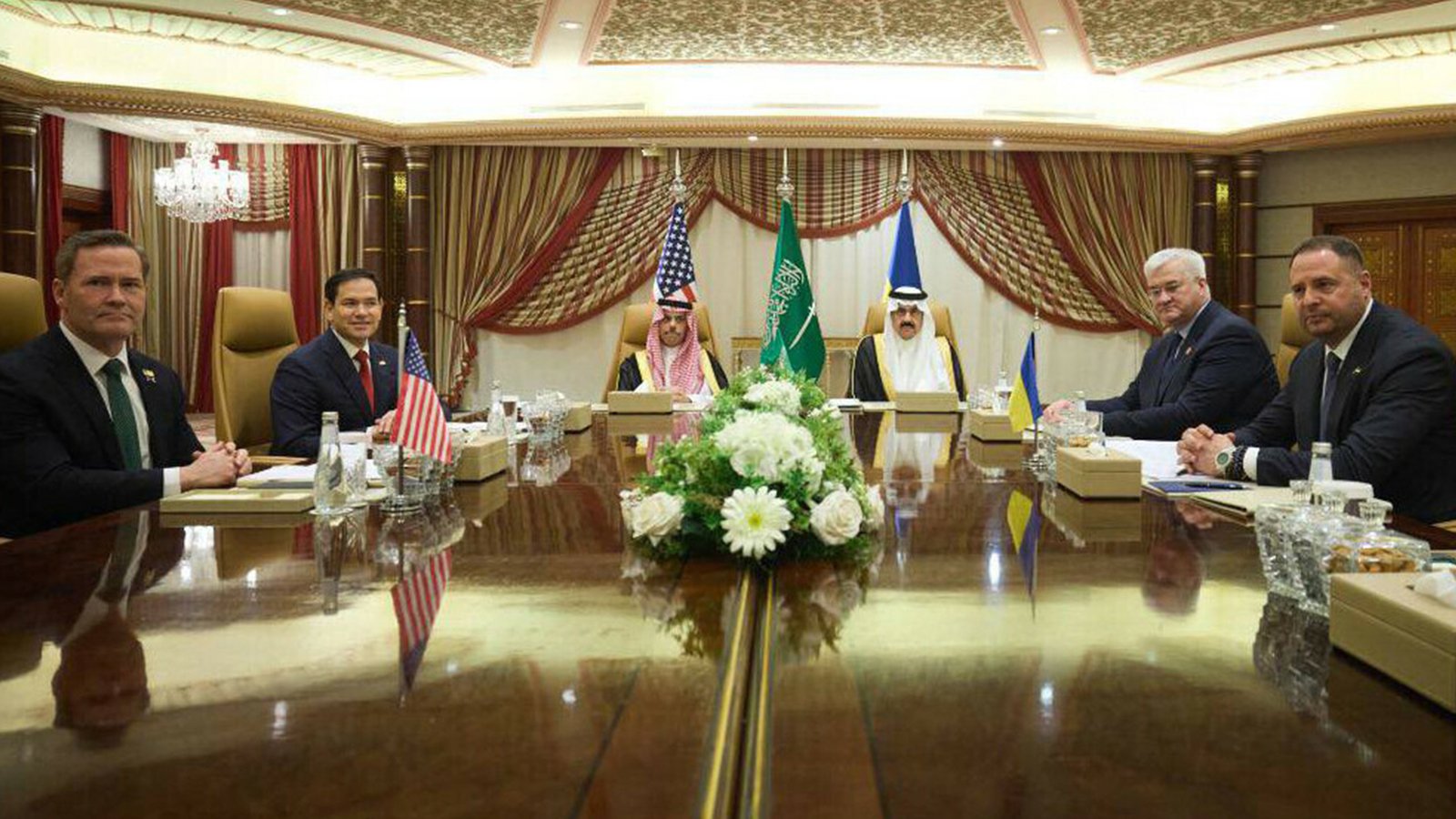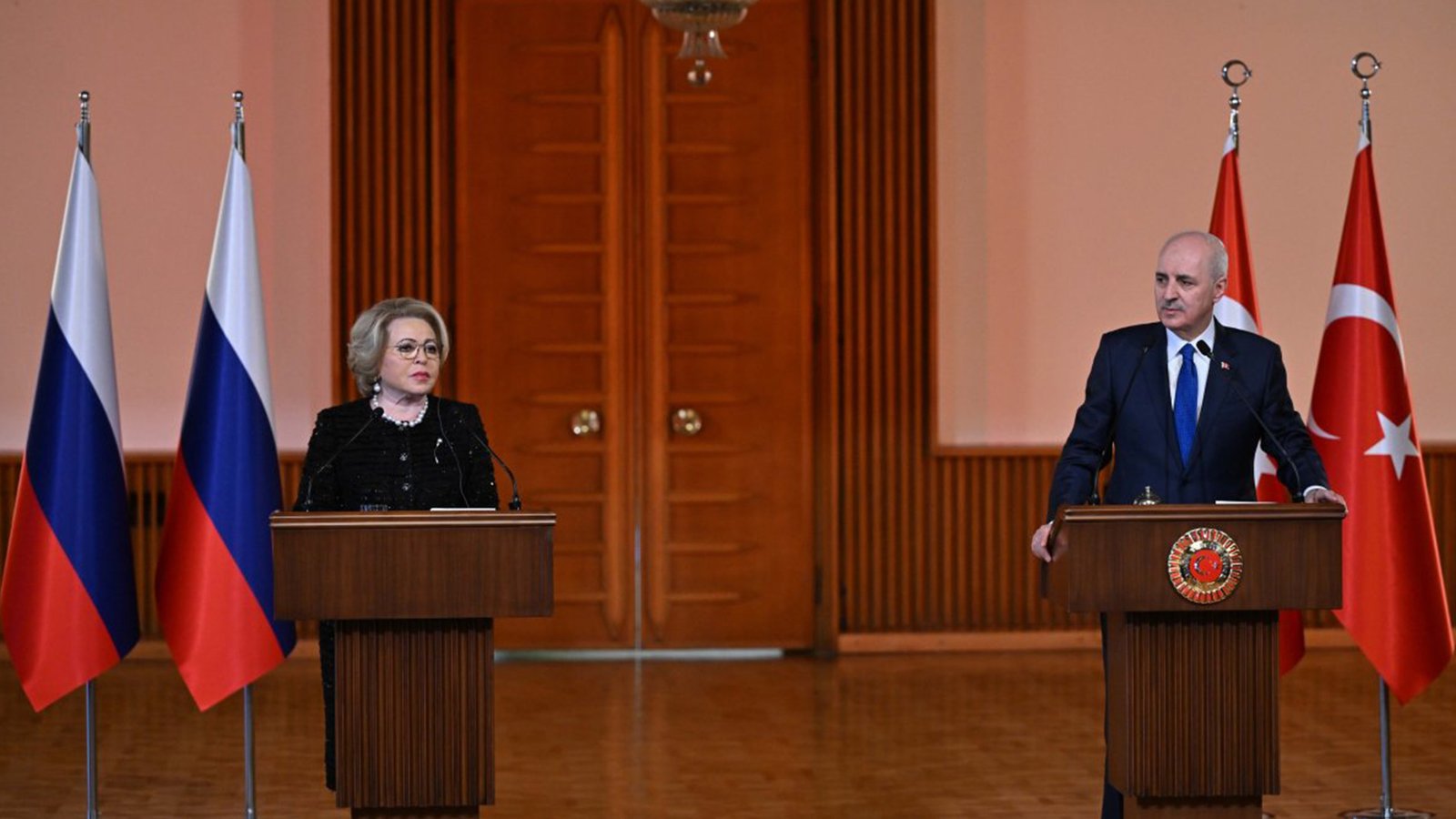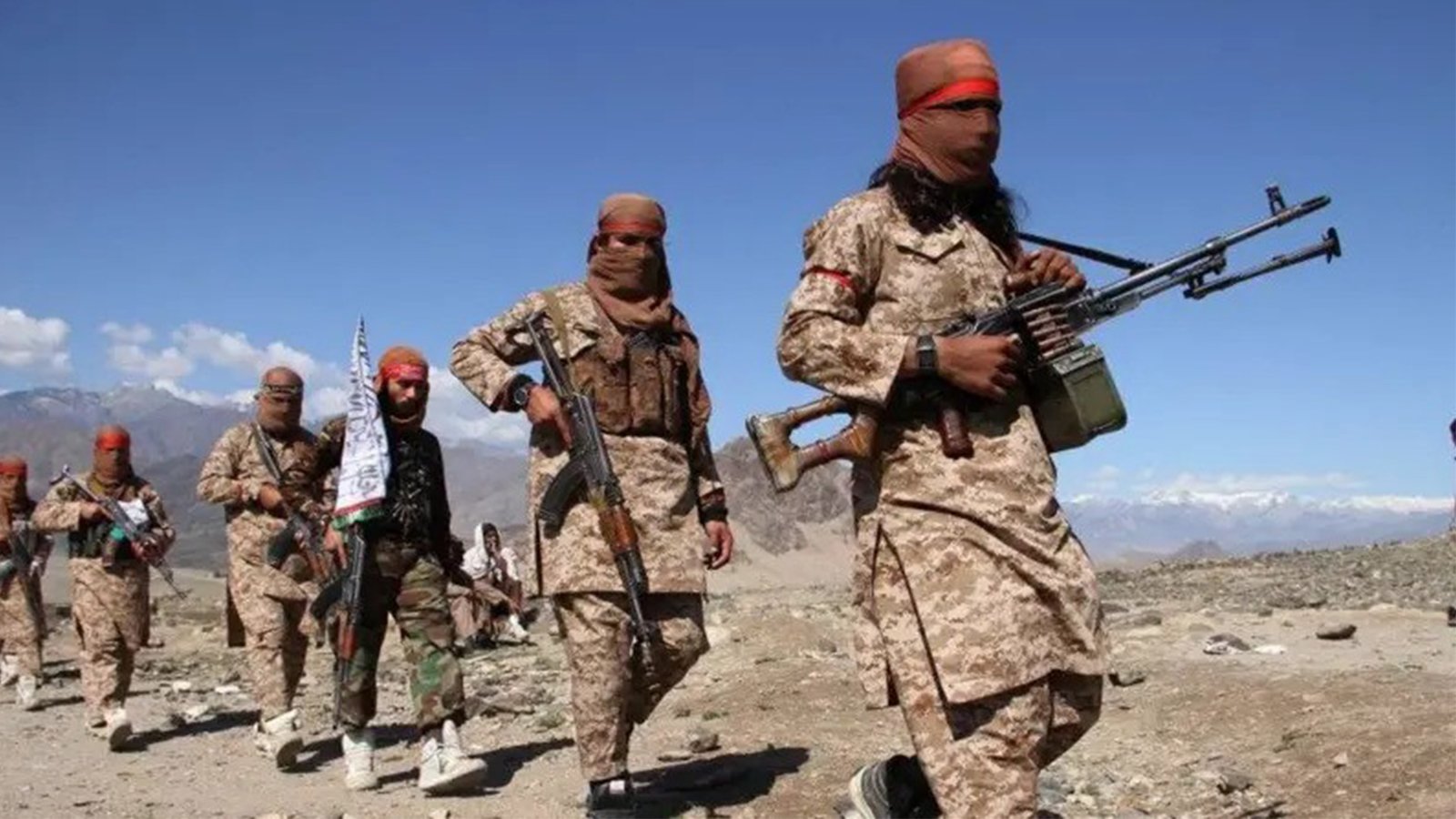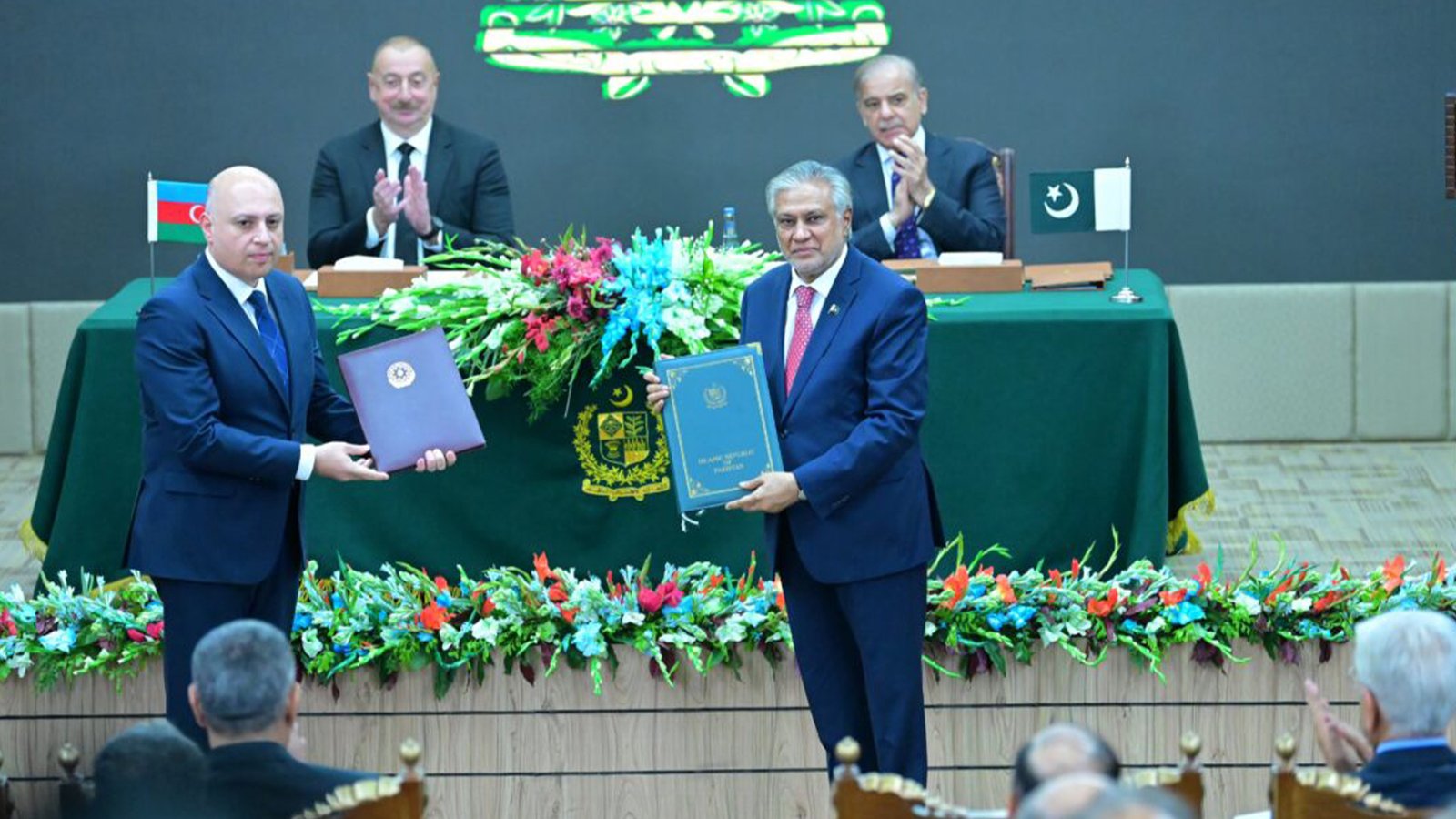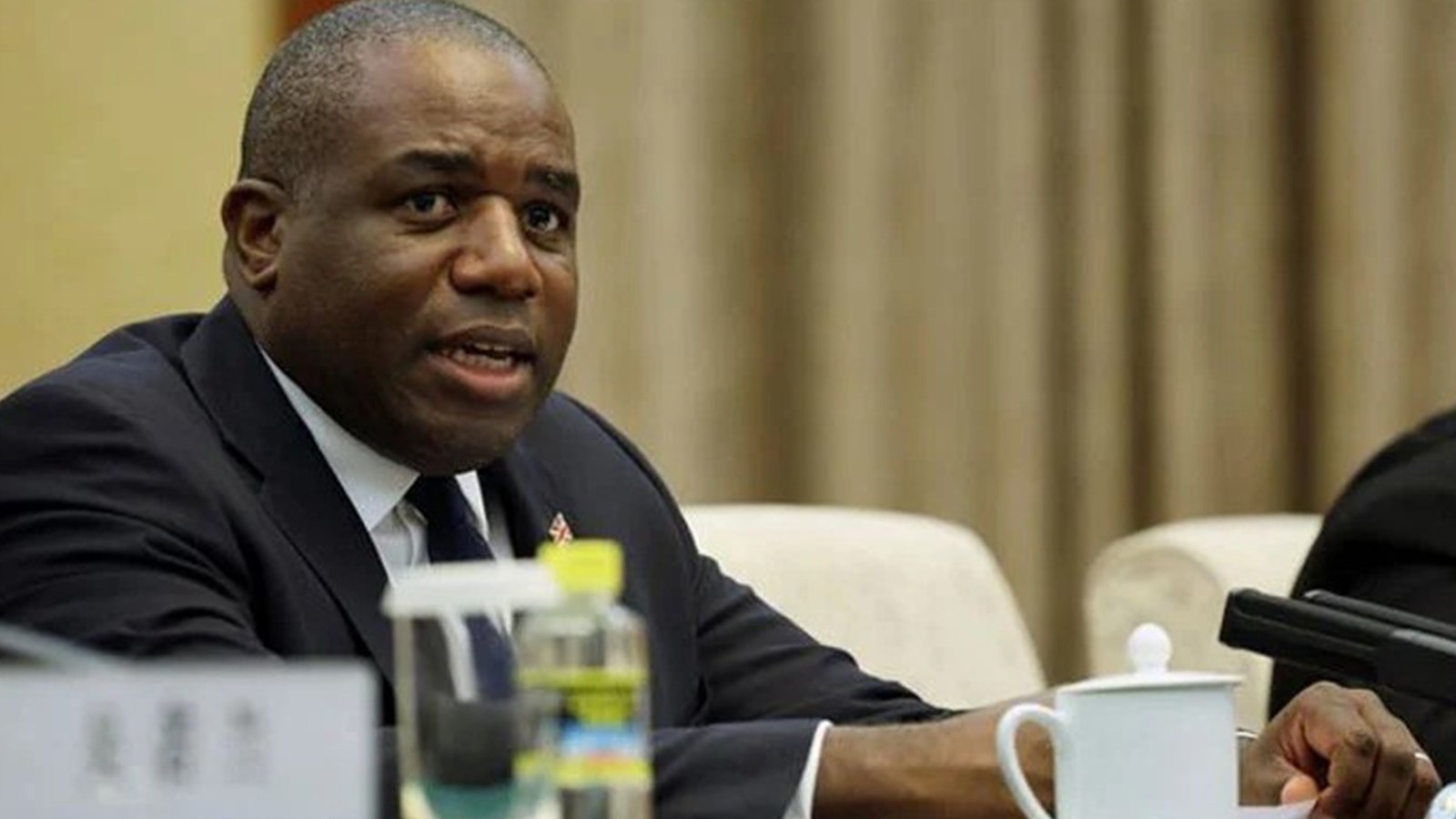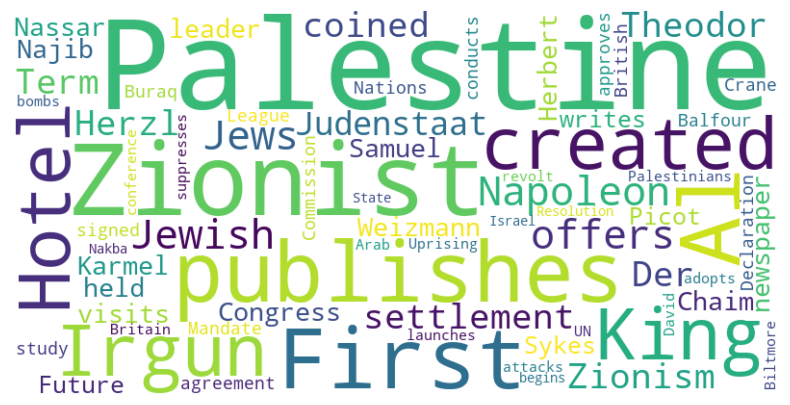Palestine Conflict Timeline
The Palestine-Israel conflict, spanning over two centuries, is a complex and deeply rooted issue that has its origins in the late 18th century. The Palestine conflict began when European colonial powers started contemplating the resettlement of Jews in Palestine. This timeline provides a detailed account of the key events and turning points in the first phase of the conflict, from 1799 to 1948.ere’s information in a timeline format:
- 1799: French General Napoleon Bonaparte offers Palestine as a homeland to Jews.
- 1878: Petah Tikva, the first Jewish settlement in Palestine, is established with funding from the Rothschild family.
- 1885: The term “Zionism” is coined, marking the beginning of a political movement advocating for the establishment of a Jewish state.
- 1896: Theodor Herzl publishes “Der Judenstaat”, calling for the creation of a Jewish state.
- 1897: The first Zionist Congress is held in Switzerland, leading to the formation of the first Zionist organization.
- 1907: Zionist leader Chaim Weizmann visits Palestine for the first time.
- 1908: Palestinian writer Najib Nassar publishes the Al-Karmel newspaper, opposing Zionist colonization.
- 1915: British Cabinet member Herbert Samuel writes “The Future of Palestine”, a secret memorandum urging his cabinet colleagues to support Zionist settlement in Palestine.
- 1916: The Sykes-Picot secret agreement is signed, dividing the Middle East between the French and British.
- 1917: The Balfour Declaration is created, with Britain promising a “Jewish National Home” on Arab land.
- 1919: Washington’s King-Crane Commission conducts a study on the future of Palestine.
- 1922: The League of Nations approves the British Mandate for Palestine and its purpose of helping establish a Jewish homeland.
- 1929: The Al-Buraq Uprising takes place, marking the first mass protests against increased Jewish immigration to Palestine.
- 1938: Armed Zionist group, Irgun, launches a series of attacks against Palestinians.
- 1939: Britain suppresses a three-year-long Arab revolt.
- 1942: A Zionist conference is held at the Biltmore Hotel in New York City, solidifying US-Zionist relations.
- 1946: The Irgun bombs the King David Hotel in Jerusalem, killing 91 people.
- 1947: The UN adopts Resolution 181, a partition plan for Palestine. Palestinians reject it.
- 1948: The state of Israel is created, sparking regional conflict. The US and Soviet Union recognize Israel immediately. This event marks the beginning of the Nakba, or “catastrophe”, during which approximately 700,000 Arabs are expelled from their homes.
The timeline from 1799 to 1948 marks a significant period in the history of the Palestine-Israel conflict. It was a time of political upheaval, territorial disputes, and escalating tensions. From Napoleon’s offer of Palestine to Jews in 1799 to the creation of the State of Israel in 1948, these events have shaped the course of the conflict and continue to influence the dynamics of the region today. The timeline underscores the complexity of the conflict and the deep-seated issues that continue to fuel it. Understanding this historical context is crucial for any meaningful dialogue and resolution in the future.


